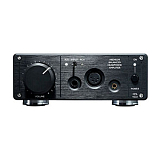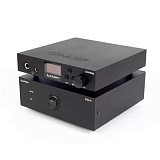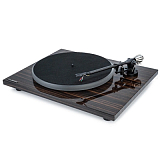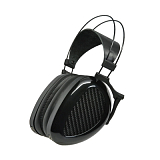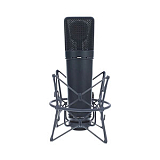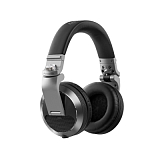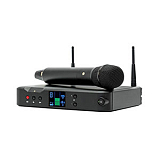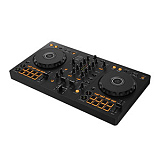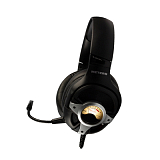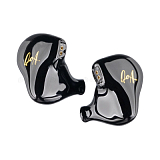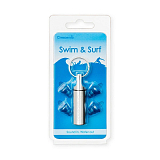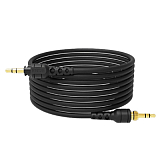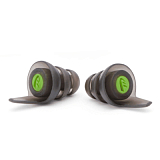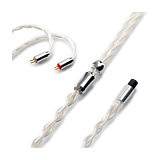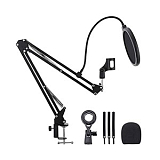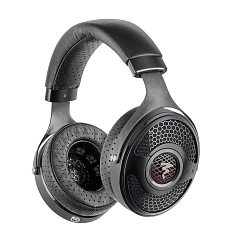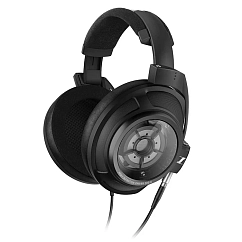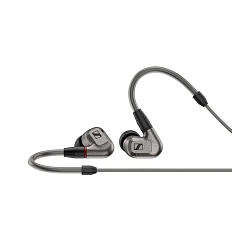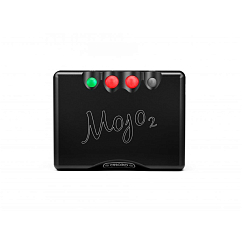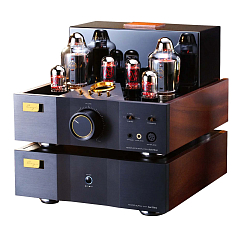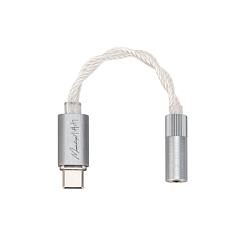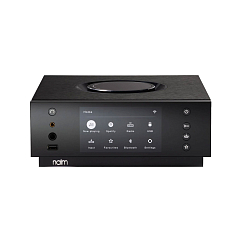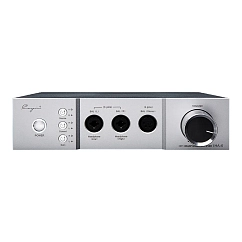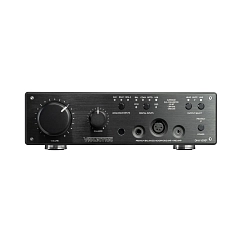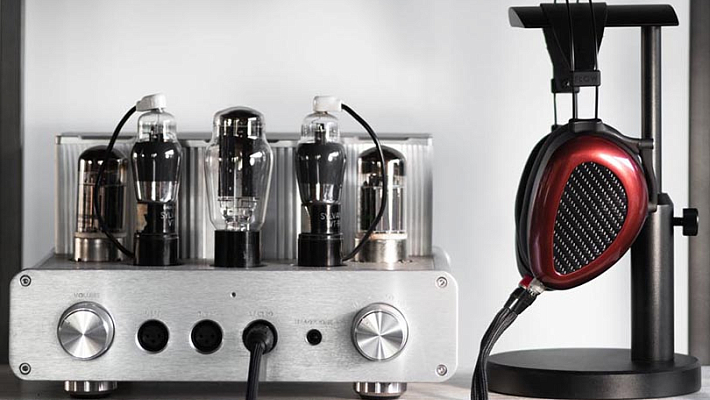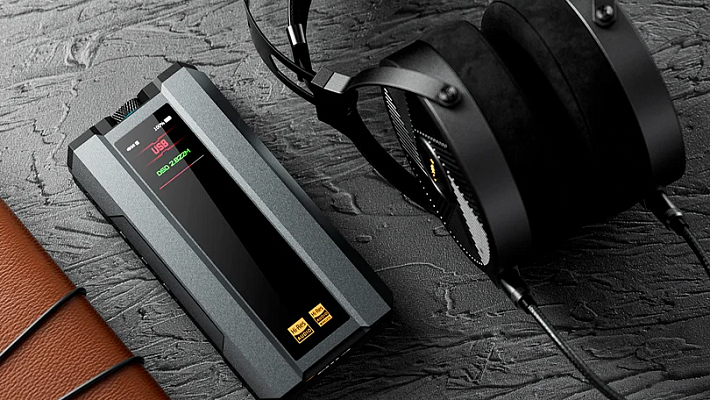Understanding Headphone Impedance: A Comprehensive Guide for Personal Audio Enthusiasts / Audiophiles

Content
Understanding Headphone Impedance: A Comprehensive Guide for Personal Audio Enthusiasts / Audiophiles
When selecting headphones, you might have encountered the term "impedance" in the specifications. Many buyers overlook this detail, yet it significantly impacts headphone performance. Understanding headphone impedance can help you choose the best headphones for your personal audio setup or audio recorder, ensuring you get the most out of your listening experience.
What is Headphone Impedance?
Headphone impedance refers to the resistance that headphones provide to the electric current from the audio source. It is measured in ohms (Ω). This resistance affects how much power the headphones need to produce sound at a certain volume level. Essentially, impedance is a critical factor in determining the compatibility between your headphones and audio devices, such as smartphones, laptops, or dedicated headphone amplifiers.
The Basics: Low vs. High Impedance

Low Impedance Headphones (Below 50 Ohms):
- Designed to work well with portable devices like smartphones, laptops, and tablets.
- Require less voltage to produce sound, making them efficient and easily powered by battery-operated devices.
- Commonly found in consumer-grade headphones, ideal for on-the-go listening.
High Impedance Headphones (Above 100 Ohms):
- Typically found in high-fidelity and professional audio gear.
- Require more voltage to achieve optimal performance, often necessitating a dedicated headphone amplifier.
- Offer better sound quality, with less distortion and a more controlled bass response when paired with the right equipment.
Impedance in the 50-100 Ohm Range:

These headphones can be unpredictable. Some may perform well with portable devices, while others might require more powerful amplification for optimal performance.
Why Impedance Matters
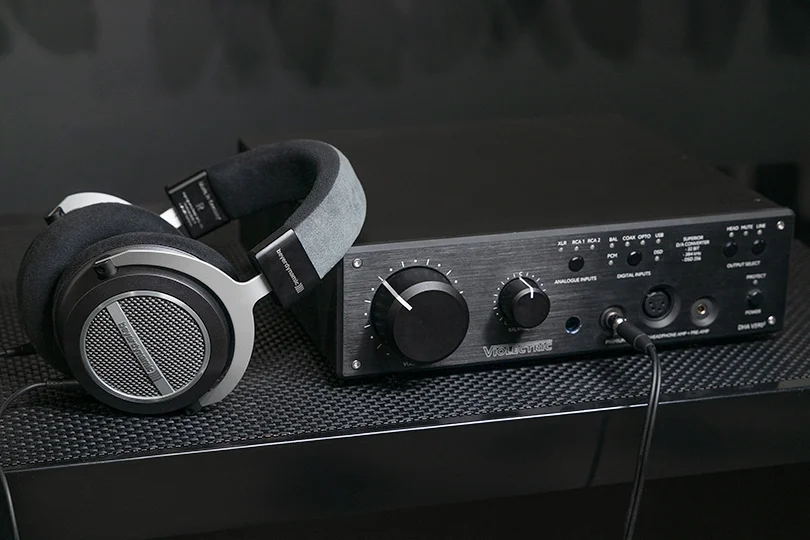
Power Requirements:
- Low-impedance headphones draw more power from low-voltage devices, ensuring higher volumes and better performance without needing additional amplification.
- High-impedance headphones require an external amplifier to provide the necessary voltage, enhancing sound quality and performance.
Sound Quality:
- Proper impedance matching between headphones and the audio source ensures efficient power transfer, minimizing signal loss and distortion.
- High-impedance headphones paired with suitable amplifiers offer superior sound quality with better detail retrieval, especially important for audiophiles and professional audio engineers.
Sensitivity and Impedance

Headphone sensitivity, measured in decibels (dB) per milliwatt (mW), indicates how effectively headphones convert an electrical signal into sound. High-sensitivity headphones require less power to achieve the same volume level as low-sensitivity ones. When paired with low-impedance headphones, high sensitivity ensures compatibility with a wide range of devices, delivering louder volumes with less power. Conversely, low-sensitivity, high-impedance headphones may need more power but can provide better control and lower distortion.
Practical Considerations
For Personal Audio and On-the-Go Listening:
Choose low-impedance, high-sensitivity headphones to ensure compatibility with smartphones, tablets, and other portable devices. These headphones will deliver satisfactory performance without needing extra amplification.
For High-Fidelity Listening and Professional Use:
Opt for high-impedance headphones paired with a dedicated headphone amplifier. This setup provides superior sound quality, especially for critical listening environments like studios or dedicated home audio setups.
Impedance Matching and Amplifiers
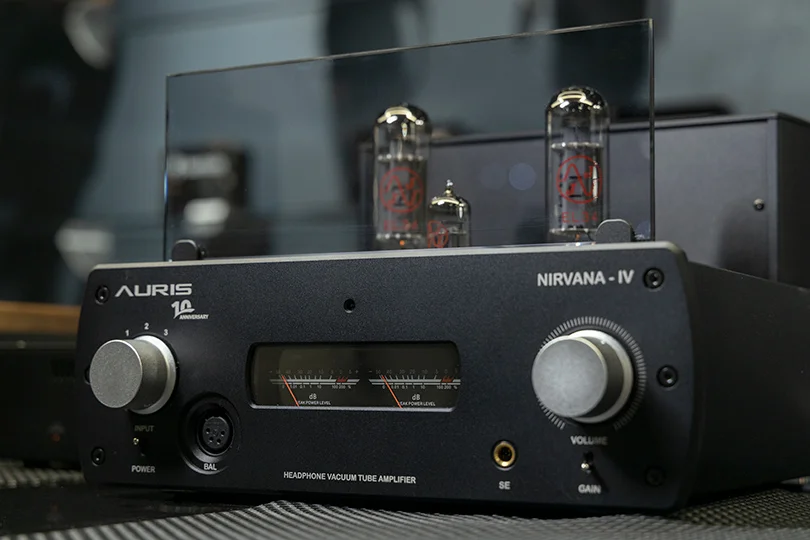
Impedance matching is crucial for optimal performance. Ideally, the headphone impedance should be significantly higher than the source impedance (output impedance of the amplifier or audio device). This ratio, known as the damping factor, ensures better control over the headphone drivers, reducing distortion and improving sound clarity. An ideal damping factor is typically around 8:1, which helps maintain low-end clarity and prevents bass roll-off.
Using a dedicated headphone amplifier with high-impedance headphones can significantly enhance sound quality. These amplifiers provide the necessary voltage and current, ensuring the headphones perform at their best. Additionally, high-quality amplifiers offer better volume control, improved bass response, and overall protection for the headphones.
Conclusion
Understanding headphone impedance is essential for choosing the right headphones for your personal audio setup or audio recorder. By considering factors like impedance, sensitivity, and the need for amplification, you can ensure that your headphones deliver the best possible sound quality for your needs. Whether you're listening on-the-go or in a dedicated audio environment, proper impedance matching will enhance your listening experience and provide superior audio performance.


